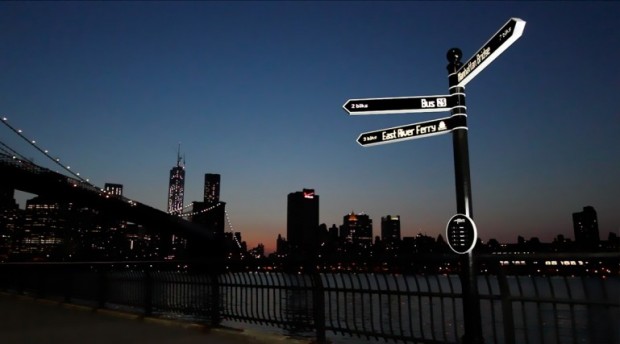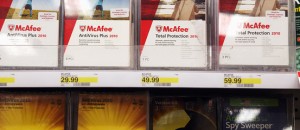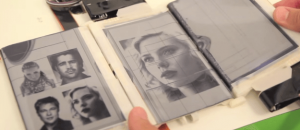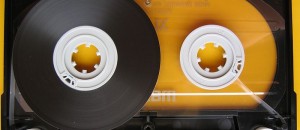You like that title, huh? I can just picture the movie voice guy now, “in a world…” Anyway, let’s get to the actual story, shall we?
Street signs are static, and boring, almost as boring as traditional billboards. In our hyper-connected world does it even make sense that signs do absolutely nothing except tell us a single tidbit of information? For example, what if street signs could be updated in realtime to display the proper direction and distance for local events and locations?
That’s the driving idea behind Points, a new tech project from New York-based design group Breakfast. It’s essentially an internet ready directional sign that queries information from social media, updates the integrated display and then spins up to 360 degrees to point out a particular location or event.
From far away, the sign looks just like a regular directional street sign, albeit without the usual green painted finish.
Interested parties need only make a location or event selection via the menu at the base of the sign, the three top posts will rotate and point to the closest locations matching the user’s selection. Of course, the LED displays will also change to indicate the related information.
For example, if you were to select “food,” the sign would probably point out the closest restaurants, along with their names, the estimated distance and possibly wait times.
The Points system is connected to the internet either via Wi-Fi or Ethernet, and it pulls the related data from different services like Twitter, Foursquare, RSS feeds, and even transportation APIs. Thanks to the large number of sources, the system can also correctly determine any special events happening in the area like concerts, parties and more. It can also locate popular landmarks, individual restaurants by ratings, and retail stores.
The system adapts over time to its current location, and can actually be placed pretty much anywhere. It can even be programmed to query information from different sources than what’s natively supported. It can also display different results depending on the time of day, for example the best restaurants to find breakfast, or lunch at different times.
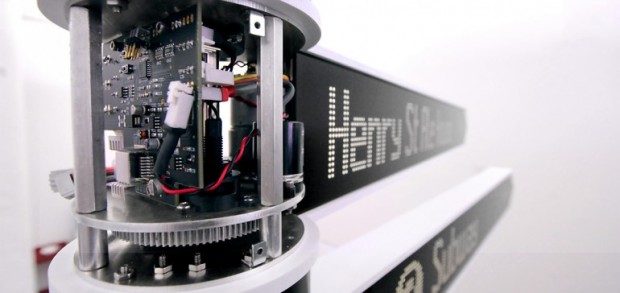 Breakfast (the company behind Points, not the food) designed the system after a three year culmination of work. Obviously the build consists of an aluminum frame and plenty of gears and electrical components which help to rotate the sign posts. Each post contains about 16,000 LEDs in order to display the necessary information and data. The whole system is powered by “energy-efficient XMega processors.”
Breakfast (the company behind Points, not the food) designed the system after a three year culmination of work. Obviously the build consists of an aluminum frame and plenty of gears and electrical components which help to rotate the sign posts. Each post contains about 16,000 LEDs in order to display the necessary information and data. The whole system is powered by “energy-efficient XMega processors.”
Breakfast is taking orders for the signs, which are meant to be used at special events for now. They’re also working on weather-proof models so that the signs can be installed permanently in various locations.
If you want to see the Points system in action, you can visit the official website to send a tweet to one of the prototype models, and then you can watch the sign posts spin toward the appropriate location. Of course, there’s also a demo video which I’ve included below, so check both of those out!

 Email article
Email article
